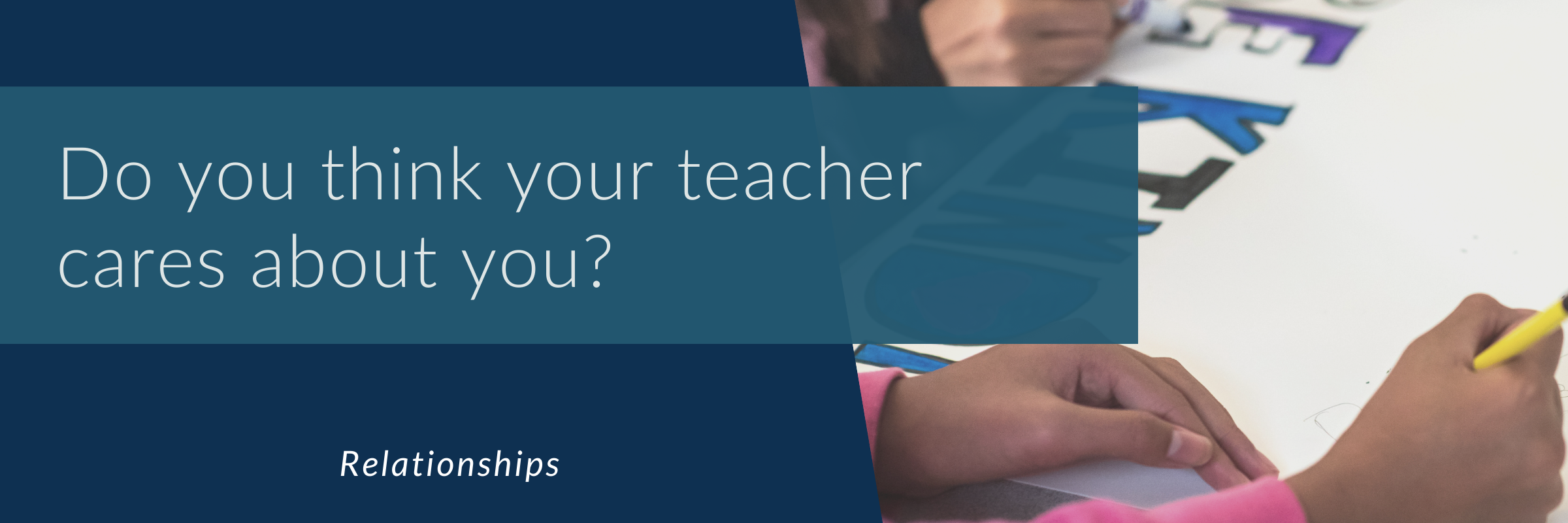
Why does it matter?
The question “Do you think your teacher cares about you?” serves as a proxy for the strength of student and teachers’ bonds in school. This relationship is the foundation for effective classroom management and rigorous learning in the classroom.
The key to effective classroom management
Research shows us that building meaningful connections with students is one of the most effective ways to manage a classroom well. Here’s what one recent study found: In classrooms where teachers used a series of techniques centered around establishing, maintaining, and restoring relationships, academic engagement increased by 33 percent and disruptive behavior decreased by 75 percent. Sometimes, however, specific relationships can get off to the wrong start or prove challenging for reasons both outside and within a teacher’s control. Here are some strategies from Edutopia writer Youki Terada to help build stronger connections with students.
“Bank time” with students: One-on-one time with students will help you get to know them better and “make deposits into the relationship” to resolve conflicts when they arise.
Encourage student-led activities: Students feel more invested in the classroom when given opportunity to share their interests and know their voices are being heard.
Welcome students into the classroom: Greeting students at the door and icebreaker routines can help create a friendlier, warmer classroom culture.
Use positive communication techniques: Open-ended questions, complimentary statements, expressing enthusiasm, and active listening are all great ways to help students ease into being more comfortable in the classroom.
Take note of positive and negative interactions with students: Terada recommends aiming for a “five-to-one ratio” of positive to negative interactions.
Regularly check in with students: Something as simple as asking students how they are can go a long way in maintaining relationships when time is too short for a one-on-one or a more in-depth conversation.
Acknowledge good behavior: Focusing on good behavior is a way to help get to that “five-to-one” ratio and can mitigate bad behavior before it escalates.
Let go and start fresh: It’s important not to hold students’ mistakes over their head. Students should be able to start each day with a fresh slate.
Take responsibility for your actions: Teachers can avoid blaming students, and instead reflect, “What could I have done to avoid the problem in the first place?” Teachers shouldn’t be afraid to apologize—doing so helps build trust with students.
Show empathy: There are always two sides to the story, and it’s important for teachers to acknowledge that a student’s perspective might differ.
Focus on solutions, not problems: This is closely related to allowing students the opportunity for a clean slate: try and find a solution that everyone feels is fair and focuses on the future, not what has happened in the past.
